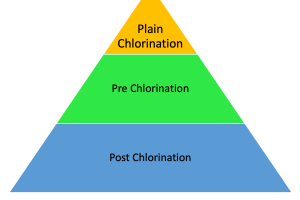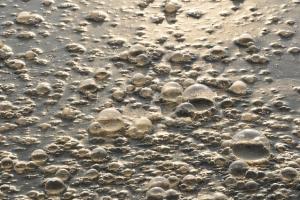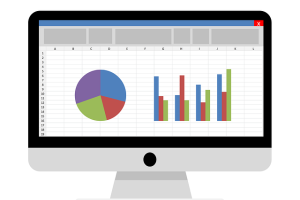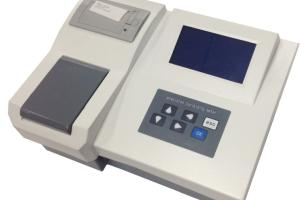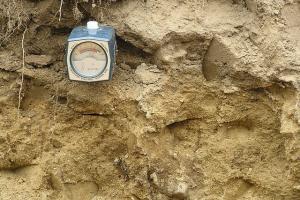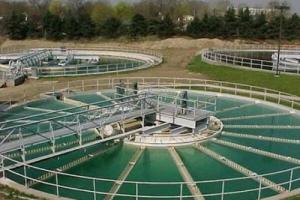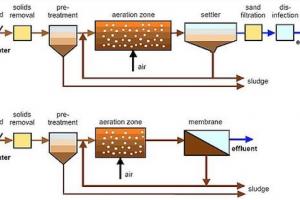What is Chlorine Demand
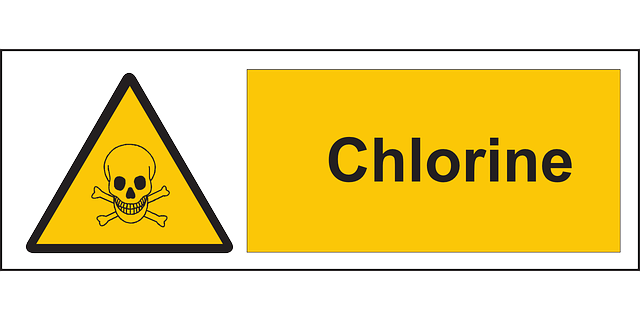
Definition of Chlorine Demand:
Chlorine demand refers to the amount of chlorine required to achieve a desired level of disinfection in water or wastewater treatment processes. When chlorine is added to water, it reacts with various substances present in the water, including organic matter, ammonia, and other chemicals. These reactions consume chlorine and reduce its effectiveness as a disinfectant.
It is the difference between the amounts of chlorine applied to the amount of free, combined, or total available chlorine remaining at the end of the contact period (specified) which should be at least 30 min.
Chlorine Demand is a pool water chemistry topic that is getting more attention due to changing climates, consumer water chemistry, and understanding of the problem. It is also becoming a more significant issue in many private & commercial pools.
Chlorine Demand = Chlorine dosage - Chlorine residual
The chlorine demand can vary depending on the characteristics of the water being treated, such as its pH, temperature, and the types and concentrations of impurities present. For example, high levels of organic matter or ammonia can result in higher chlorine demand.
Residual Chlorine levels and demand
To determine the chlorine demand, water treatment facilities typically conduct tests where varying amounts of chlorine are added to the water, and the remaining chlorine concentration is measured after a specific contact time. The chlorine demand can be calculated by comparing the initial chlorine dose with the residual chlorine concentration.
Residual chlorine levels and chlorine demand are interrelated and play a crucial role in water disinfection. Here's an explanation of each:
Residual Chlorine Levels: Residual chlorine refers to the concentration of chlorine that remains in water after a specified contact time following the addition of chlorine. It serves as an indicator of the availability of chlorine for disinfection purposes. Residual chlorine levels are typically measured in units of parts per million (ppm) or milligrams per liter (mg/L).
There are three common forms of residual chlorine:
-
Free Chlorine: This is the chlorine that remains in its original form (HOCl and OCl-) and is available for disinfection. Free chlorine is highly effective in killing bacteria, viruses, and other pathogens in water.
-
Combined Chlorine: Also known as chloramines, combined chlorine forms when free chlorine reacts with ammonia or organic nitrogen compounds in water. Unlike free chlorine, combined chlorine has reduced disinfection effectiveness and can produce unpleasant tastes and odors.
-
Total Chlorine: Total chlorine is the sum of both free chlorine and combined chlorine concentrations in the water. It represents the overall chlorine content but does not provide information about the relative proportions of free and combined chlorine.
To determine chlorine demand, a water sample is treated with a known concentration of chlorine, and the remaining chlorine concentration (residual chlorine) is measured after a specific contact time. The difference between the initial chlorine dose and the residual chlorine concentration represents the chlorine demand.
Chlorine demand can vary depending on factors such as water quality, temperature, pH, and the presence of contaminants. High levels of organic matter, ammonia, or other substances can result in a higher chlorine demand, requiring a larger chlorine dose to achieve effective disinfection.
Sampling and testing for Chlorine demand of water
Sampling and testing for chlorine demand of water typically involve the following steps:
Sample Collection: Collect representative samples of the water to be tested. It is important to ensure that the samples are taken from different locations within the water system to account for any variations in water quality.
Initial Chlorine Dose: Add a known concentration of chlorine to the water sample. This can be achieved by adding a predetermined volume of a chlorine solution or using a chlorine generator.
Contact Time: Allow the chlorine to react with the water sample for a specific contact time. The contact time is usually determined based on the desired disinfection goals and can vary depending on the application.
Chlorine Residual Measurement: After the specified contact time, measure the remaining concentration of chlorine in the water sample. This can be done using a chlorine test kit or a chlorine analyzer.
Calculation of Chlorine Demand: Calculate the chlorine demand by subtracting the residual chlorine concentration from the initial chlorine dose. The result represents the amount of chlorine consumed or required to achieve the desired level of disinfection.
It's important to note that the specific procedures and methods for sampling and testing chlorine demand may vary depending on the laboratory or water treatment facility conducting the analysis. Standardized protocols and testing methods, such as those outlined by regulatory agencies or organizations like the American Water Works Association (AWWA), are often followed to ensure accuracy and consistency in the results.
Understanding the chlorine demand is crucial for effective disinfection. It helps water treatment professionals determine the appropriate chlorine dosage required to achieve the desired level of disinfection and ensure that sufficient chlorine is added to compensate for the chlorine consumed during the disinfection process. By properly accounting for chlorine demand, water treatment facilities can optimize their disinfection processes and ensure that the water is safe for public use.




